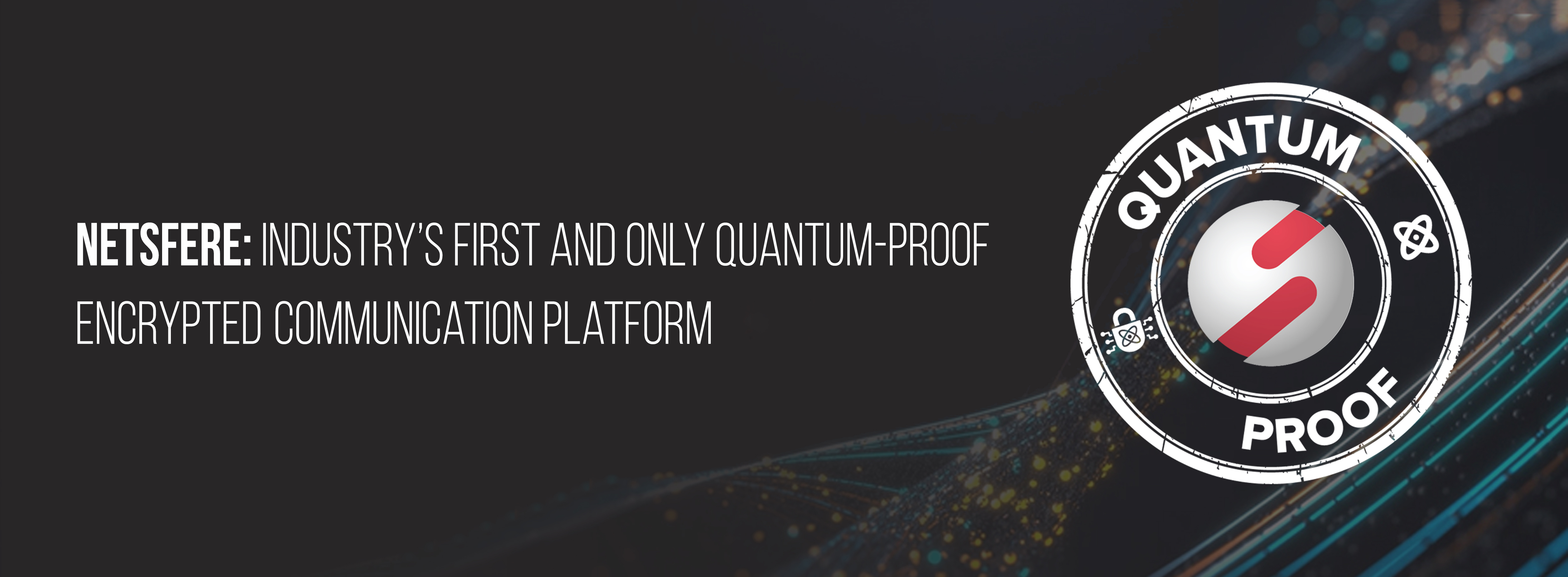50% of professionals
from organizations exploring quantum computing believe their organizations are at risk of HNDL attacks. (Deloitte poll)
 Quantum power
Quantum power
While a classical computer would take 300 trillion years to crack RSA 2048 encryption, a 4,099-qubit quantum computer could accomplish this in just 10 seconds. (QuintessenceLabs)
Timeline
Gartner predicts that asymmetric encryption, used globally across billions of devices and internet communications, will become unsafe by 2029 and fully breakable by 2034.
The Quantum-Proof Solution
To combat these emerging threats, post-quantum cryptography (PQC), also known as quantum-proof, quantum-safe, or quantum-resistant encryption has been developed. PQC leverages advanced quantum frameworks to secure data against quantum attacks. In a groundbreaking effort, the U.S. Department of Commerce’s National Institute of Standards and Technology (NIST) has finalized a fundamental set of Post-Quantum Cryptography Standardization to protect systems from the risks posed by quantum computing.
Key Differences Between Classical and Quantum-Proof Encryption
| Feature | Classical Encryption | Quantum-Proof Encryption |
|---|---|---|
| Underlying Algorithm | Based on the mathematical concept of prime number factorization (RSA), discrete logarithms (Diffie-Hellman), and elliptic curve cryptography (ECC). | Based on quantum computing concepts that use post-quantum cryptography algorithms like ML-KEM (Module-Lattice-Based Key-Encapsulation Mechanism - an evolution of CRYSTALS-Kyber) to provide quantum-safe encryption. |
| Key Exchange | Relies on methods like Diffie-Hellman for secure key exchange, vulnerable to quantum attacks. | Implements quantum-safe key exchange mechanisms for secure communication even in the presence of quantum computers. |
| Vulnerability to Quantum Computers | Vulnerable. Quantum computers can easily break RSA and ECC. | Quantum concepts that make encryption safe and cannot be compromised by quantum computers. |
| Security | Secure against classical threats but ineffective against quantum threats. | Designed to withstand both classical and quantum computational attacks. |
NetSfere’s Quantum-Proof Encryption Advantage
NetSfere, a global leader in next-generation secure and compliant messaging and mobility solutions, unveils the industry’s first Quantum-Proof Secure Communication Platform. Powered by 1024-bit ML-KEM (Module-Lattice-Based Key-Encapsulation Mechanism - an evolution of CRYSTALS-Kyber) quantum-safe encryption, this platform sets a new standard in secure messaging. NetSfere’s crypto-agile architecture ensures a seamless transition to quantum-safe cryptography while maintaining backward compatibility for existing encrypted data. This advanced quantum-proof encryption ensures that NetSfere’s security remains resilient and robust, even in the era of quantum computing, safeguarding enterprise data against the complex threats of tomorrow.
- Modular Architecture isolates cryptographic algorithms to facilitate easy updates and integration of emerging quantum-safe encryption standards.
- Standard Compliance fully adheres to industry standards, ensuring quantum-safe cryptography is implemented securely.
- Automated Updates ensure continuous updates of cryptographic algorithms, keys, and certificates, enhancing security.
- Backward Compatibility enables seamless interaction between systems with new quantum-proof encryption and legacy systems, ensuring uninterrupted access and data integrity.
- ECC is upgraded to ML-KEM which increases encryption key size from 256-bits to an astounding 1024-bits - the strongest quantum-proof key allowed by today's standards.
- Quantum-Safe AES-256 continues to provide strong encryption alongside newer quantum-safe protocols.
- Seamless Communication with ECC users is assured with ECC backward compatibility, while new conversations adopt 1024-bit ML-KEM for enhanced quantum-safe security.
- Rust-based ML-KEM 1024-bit Implementation offers memory safety, high security, and cross-platform compatibility.
Secure Your Communication with NetSfere
Quantum computing is on the horizon, and the time to prepare is now. With NetSfere’s quantum-safe cryptography, enterprises can ensure that their data remains protected against the threats of today and tomorrow. Explore NetSfere’s next-generation secure and compliant messaging and mobility solutions and experience unmatched protection in the post-quantum era. To learn more about NetSfere's Quantum-Proof Encryption upgrade click here.
Featured Posts

Press Release
- NetSfere Unveils Breakthrough in Secure Communication with Post-Quantum Cryptography Integration

In the News
- How Businesses Can Prepare For Quantum Threats With Post-Quantum Cryptography

Messaging Insights
- Why Does Your Enterprise Communication Need to Be AI-Powered and Quantum-Safe Now?

